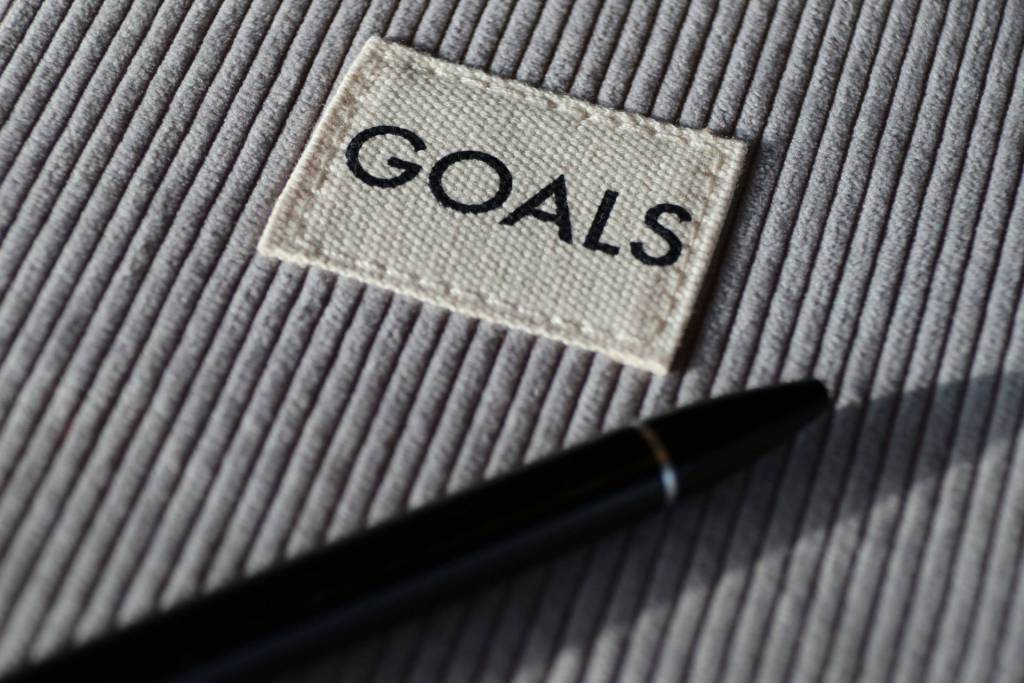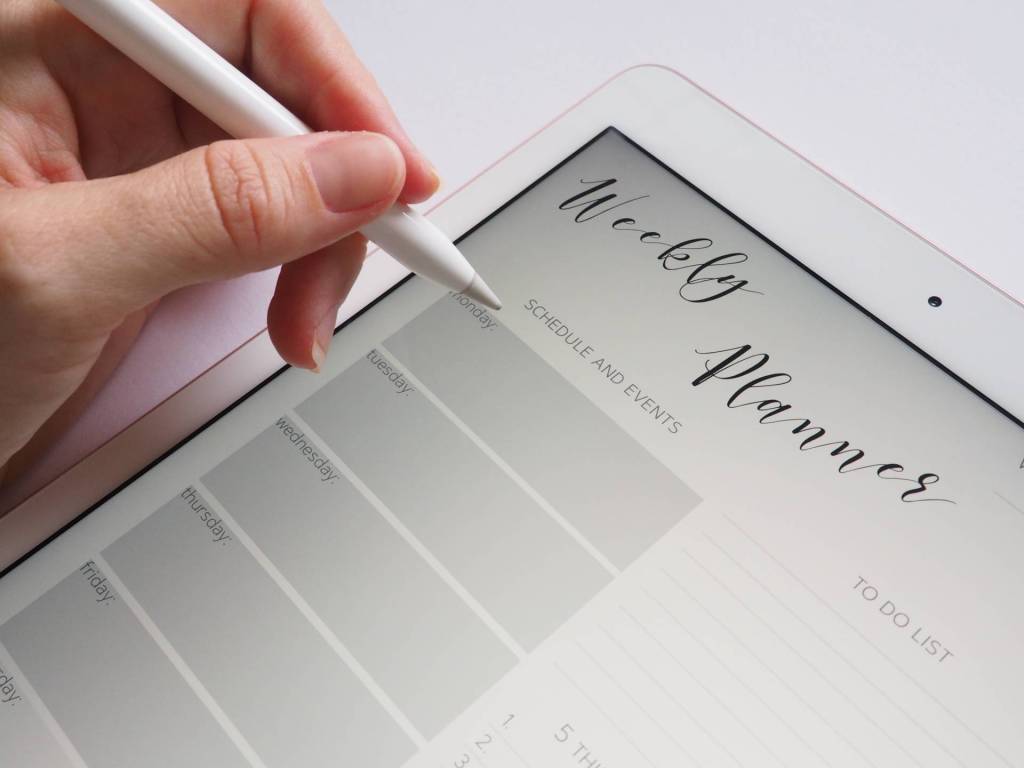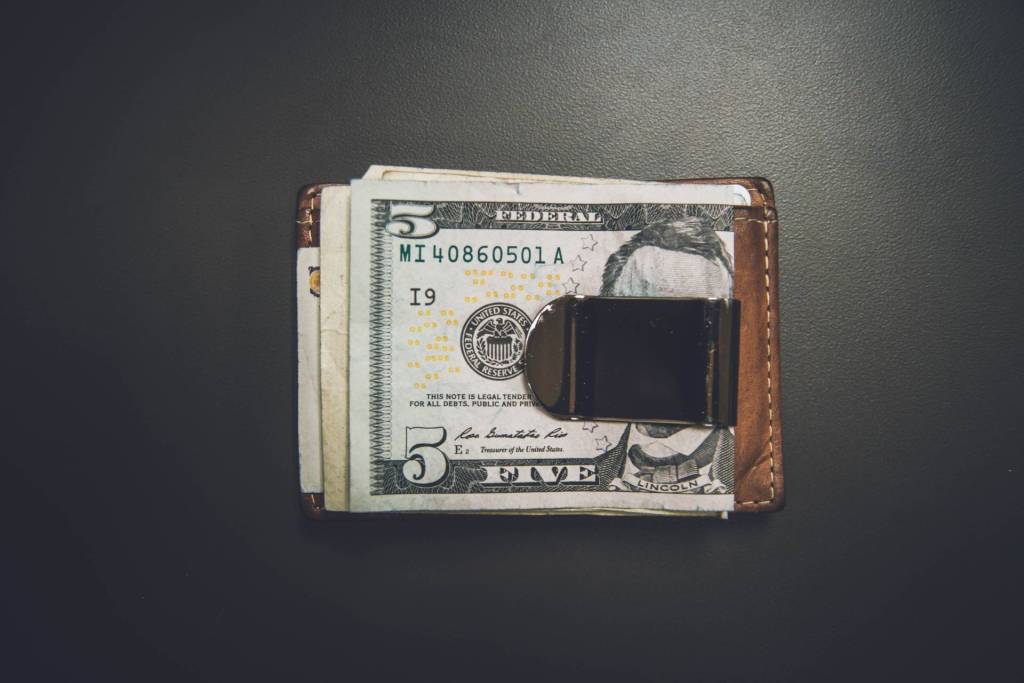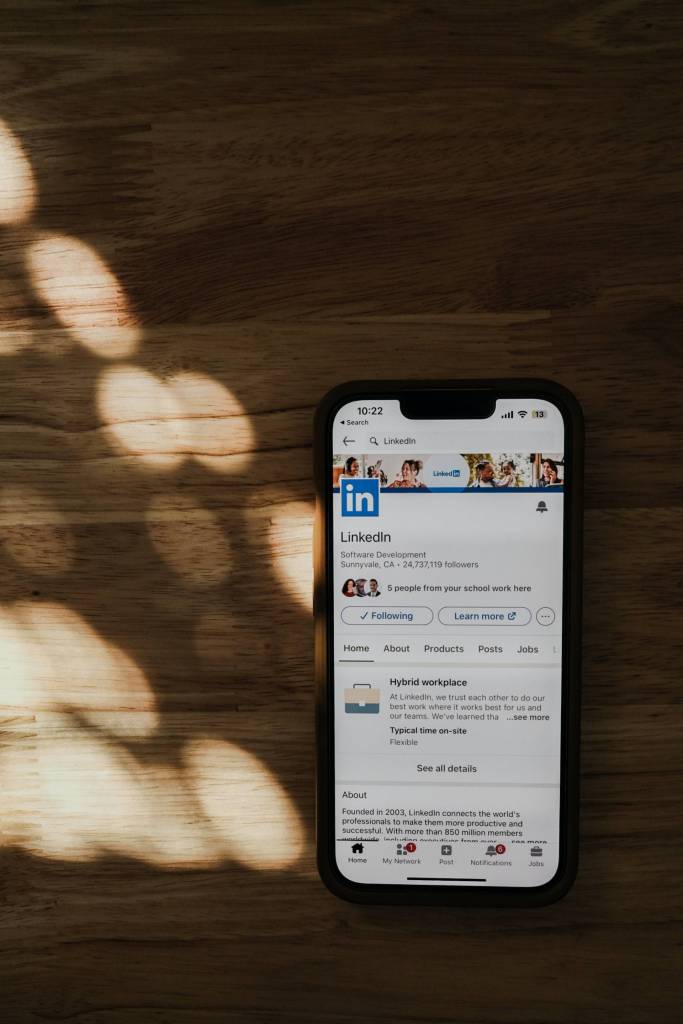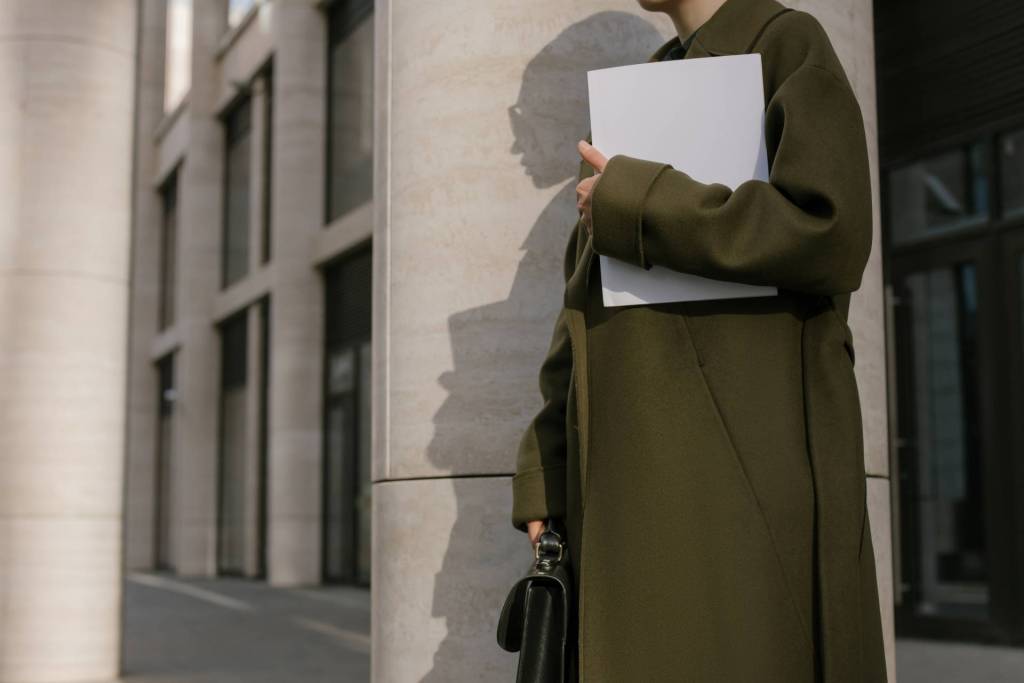In America, if you don’t have a business card, you’re a nobody. And nobody likes to be a nobody. I’ve been using that catchy phrase for years because I want people to remember the importance of having a business card—especially when in transition. Why so? Because more than ever, those in transition absolutely have to connect and communicate with as many people as possible. The more lottery tickets you buy, the more chances you have to win . . .
Employed people higher than a certain level get company business cards as a matter of practice. But whom do you represent when in transition? Yourself! Therefore, a personal business card of your own is one of the most important—and yet somehow among the most overlooked—pieces of marketing collateral. As the American Express ad used to say, “Don’t leave home without it.” That certainly applies in this case. And hasn’t it been embarrassing for you—and ineffectual looking—when someone hands you a business card and you can’t reciprocate?
For those in transition, the purpose of a business card is onefold: you want a person with whom you had a brief chat to have your contact information so that the two of you can keep the communication going. I’m talking about the short term—right after that initial connection. The chances are 80% that something will happen within days. But if not then, the chances are only 20% that further communication will ever happen. That’s why, after a business card exchange, one wants to get back to the other person for that re-connection.
A business card sums up your brand. It should include—besides your name, of course—a phone number where you can be reached and other information regarding the places that the person can find out more about you. For instance, the short-version URL of your LinkedIn profile provides lots of added value, and if you have a personal or other professional Web site, it, too, can add to your credibility. A home address is not necessary unless you have a good reason to include it.
Your business card should be simple looking, uncluttered, very attractive to the eye, and memorable. You want to be remembered in a positive way. Nice colors and an engaging design on thick, matte-finish paper stock work best. Remember that you are represented wholly by way of that two- by three-and-a-half-inch card. And yes, please keep it the standard size. An oversized card or a folded card might stand out but perhaps not in a favorable way for those who have to file it.
Obtaining business cards is easy. Cards from Vistaprint printing company are very inexpensive; the Web site provides tools for creating a business card online. Another company is Moo. Frankly, there’s no good excuse not to have a business card. My advice is that the production of a business card is not a place to try to save pennies. Get it done right, because it represents you and nobody else. Are you the type who always buys the cheapest? Make an exception here, and you’ll be happy you did.



